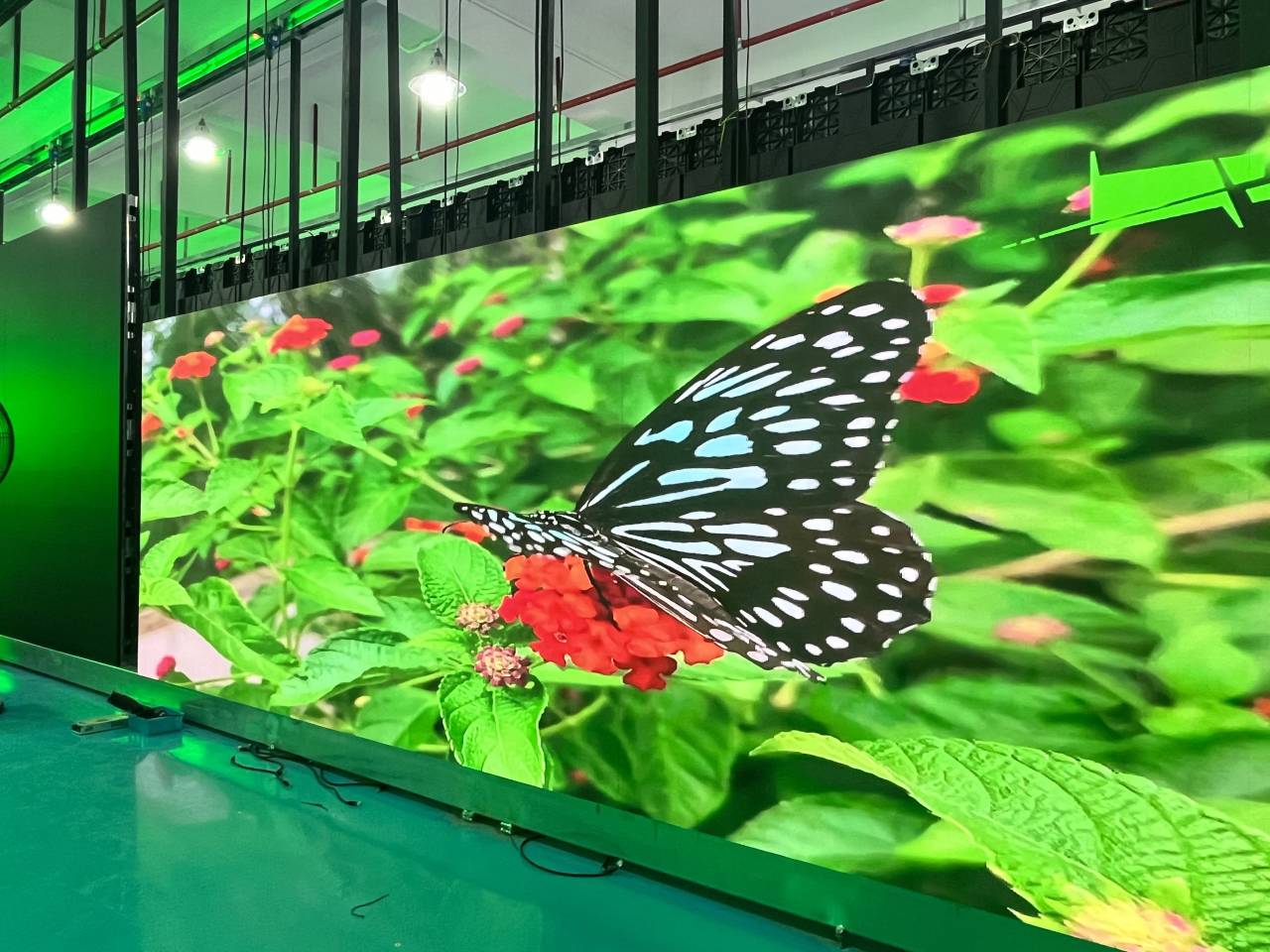Clarifying Light Emitting Diode Display Screen Illumination Measurements to Peak Display Functionality
Clarifying Light Emitting Diode Display Screen Illumination Measurements to Peak Display Functionality
Blog Article
Light Emitting Diode wall panels are increasingly favored in various settings, from residences to commercial spaces and communal spaces. These panels are known due to the vivid and vibrant visuals, which render these ideal for conveying data, advertisements, as well as engagement. Nevertheless, understanding the illumination levels for Light Emitting Diode wall panels remains crucial for ensuring optimal display performance. Illumination can be quantified using metrics known as nits, that indicate how much light produced by a panel. A higher the number of nits, the brighter brighter the display is. For, example, one screen boasting 1,000 nits stands significantly more vivid than a featuring five hundred candelas, making this one more suitable for brightly lit settings.
When selecting an Light Emitting Diode panel screen, one becomes crucial to consider the environment in that the screen will be placed. For well-lit illumined spaces, like retail environments and open-air locations, a higher brightness level is necessary to ensure clarity. Conversely, in darker settings, like cinemas and meeting spaces, lower diminished illumination level may suffice. This is because excessive brightness in a dark environment can lead to discomfort among the audience, making it harder to focus on the screen. Therefore, understanding the specific requirements of the setup location can help in selecting the right brightness level for optimal visual experience.
A further crucial element for consider the the contrast proportion in the Light Emitting Diode panel screen. The contrast measurement indicates how much disparity exists between the brightest most luminous white versus the dark shade which a panel can create. An greater differential proportion means the display can the display can show more detail as well as richness, thereby improves overall image quality. For example, one screen boasting a differential proportion at ten thousand to one is able to display images with more brilliant hues as well as crisper features than a with a ratio at one thousand to one. Such is especially crucial when displaying images or videos which demand greater clarity and detail, including slideshows and promotional material.
Additionally, the technology technology behind LED panel panels has a crucial part in their brightness and total performance. Different types in LED methods, including Organic Light Emitting Diode and Liquid Crystal Display, have distinct traits which affect how brightness is experienced. Organic Light Emitting Diode panels often offer better differential as well as deeper blacks, which may improve the viewing experience within dim environments. On the other hand, standard Light Emitting Diode screens might be more suitable this hyperlink in bright environments because of the capacity for produce higher amounts in brightness. Comprehending these technological variances will guide consumers to making informed decisions based on their specific needs.
In conclusion, consistent care and calibration for Light Emitting Diode wall panels may assist preserve optimal brightness as well as performance long-term. Dirt and particles may accumulate in a surface, impacting its brightness as well as clarity in the visual. Regular cleaning and expert calibration can guarantee that the panel functions at top optimal, providing uniform image quality. Additionally, certain sophisticated LED panel screens feature built-in integrated features that enable users to modify brightness settings as well as color adjustments according to browse around this web-site individual wants. Through implementing these measures, operators will ensure the their Light Emitting Diode wall panels provide the best display efficiency, no matter the environment where which these are used.